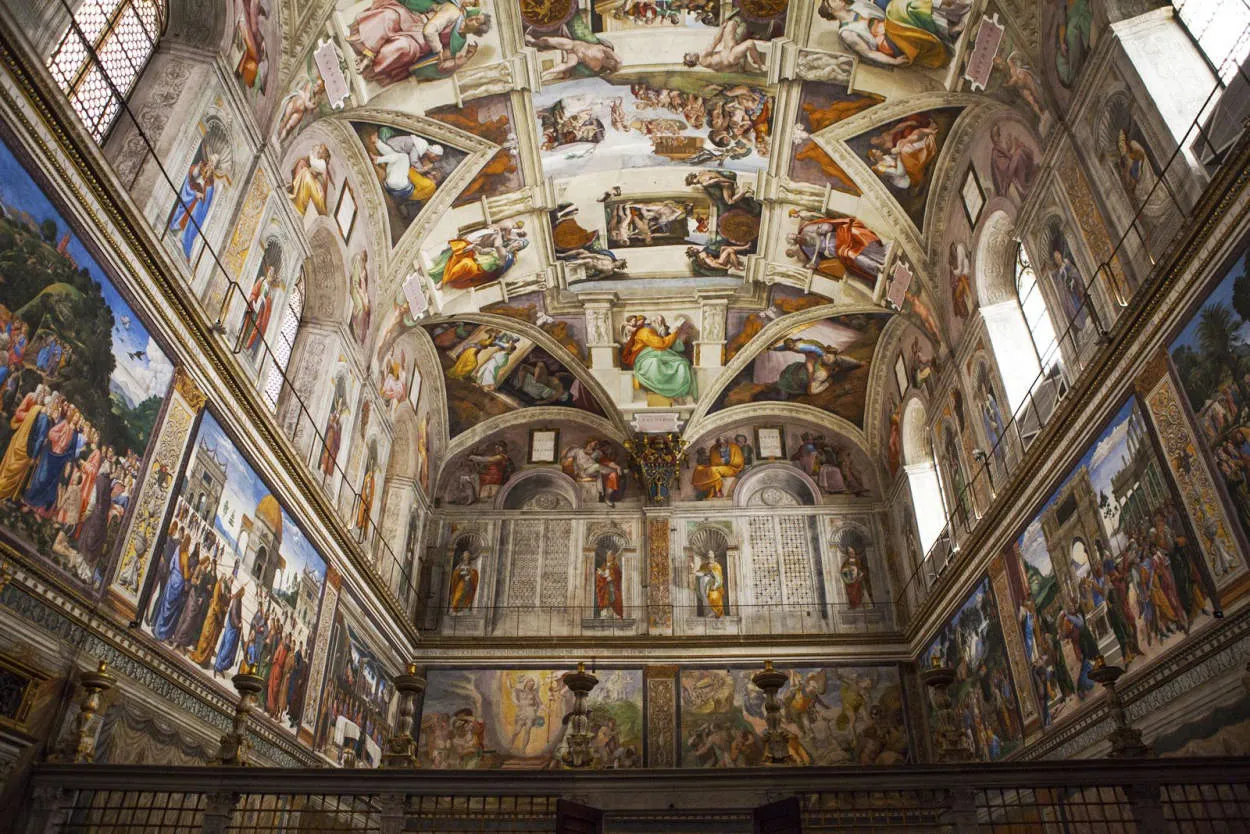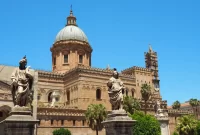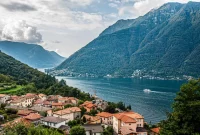The Vatican City, known as the smallest independent state in the world, is a mesmerizing destination that intertwines art, religion, and history. Home to the renowned St. Peter’s Basilica, Vatican Museums, and Sistine Chapel, this enclave within Rome offers visitors a unique opportunity to delve into centuries of artistic masterpieces and contemplate the influence of religion on a global scale. With its rich heritage and captivating ambiance, the Vatican City is truly a must-visit for any cultural enthusiast.
Marveling at Masterpieces in the Vatican Museums
The Vatican City is not only known as the spiritual center of the Catholic faith but also as a treasure trove of art, religion, and history. Within its walls, the Vatican Museums stand as a testament to humanity’s creativity and devotion throughout the ages.
Home to one of the world’s most extensive art collections, the Vatican Museums draw millions of visitors each year. As you enter the museums, you are immediately greeted by the breathtaking beauty of the Sistine Chapel, adorned with Michelangelo’s acclaimed ceiling frescoes. The intricate details and vibrant colors leave visitors in awe, reminding them of the timeless skill and genius of the artist.
Beyond the Sistine Chapel, the Vatican Museums house an impressive array of masterpieces from different periods and civilizations. The Raphael Rooms showcase the works of Raphael and his students, displaying the fusion of classical and religious themes. Walking through these rooms is like embarking on a visual journey through history.
Continuing the exploration, art enthusiasts can marvel at the Gallery of Maps, which features a series of meticulously detailed maps depicting Italy in the 16th century. Each map offers a glimpse into the knowledge and understanding of geographical concepts during that era.
Another gem within the museums is the Apollo Belvedere statue, a renowned ancient Roman artwork depicting the Greek god Apollo. Its graceful pose and exquisite craftsmanship captivate even the most discerning art connoisseurs.
The Vatican Museums also house a vast collection of religious artifacts, including ornate papal tiaras, intricately embroidered liturgical vestments, and sacred relics. These objects represent the deep-rooted religious significance and the Catholic Church’s rich history and traditions.
A visit to the Vatican Museums is an unparalleled experience that transcends time and space. It allows us to immerse ourselves in the wonders of human achievement, spirituality, and cultural heritage. Whether you are an art aficionado, a historian, or simply a curious traveler, the Vatican Museums offer a profound and enriching voyage into the heart of art, religion, and history.
Experiencing the Spirituality of St. Peter’s Basilica
St. Peter’s Basilica, located in the Vatican City, is a magnificent example of art, religion, and history coming together to create a truly spiritual experience. This stunning basilica is not only the largest church in the world but also holds immense religious significance to Catholics worldwide.
Entering St. Peter’s Basilica, visitors are immediately struck by the grandeur and beauty that surrounds them. The sheer size of the building, with its towering columns and intricately designed dome, is awe-inspiring. As one explores the interior, it becomes evident that every detail, from the marble floors to the iconic artworks, has been crafted with great care and devotion.
One cannot help but feel a sense of reverence and tranquility within the walls of this sacred place. The atmosphere is serene and calm, inviting visitors to reflect on their own spirituality and connect with their faith. The soft lighting, melodious chants, and the scent of incense further enhance this ambiance, enveloping visitors in a spiritual journey.
St. Peter’s Basilica is not only a place of worship but also a treasure trove of artistic masterpieces. The works of renowned artists like Michelangelo and Bernini adorn its walls and ceilings, portraying biblical stories and evoking a sense of wonder. Each sculpture, painting, and mosaic tells a story and provides a glimpse into the rich cultural and religious heritage of the Catholic Church.
Moreover, the history embedded in St. Peter’s Basilica is unparalleled. From its construction in the 16th century to the present day, the basilica has witnessed significant events and played a central role in the Catholic Church. Pope Francis’ weekly blessings from its balcony attract thousands of faithful believers, adding to the sense of spirituality and community.
In conclusion, exploring St. Peter’s Basilica is a transformative experience that allows visitors to immerse themselves in spirituality and appreciate the rich artistry and history it holds. It is a place where faith, history, and art converge, leaving a lasting impression on all who visit.
Unraveling the Rich History of the Vatican City
The Vatican City, located within the city of Rome, is known for its rich history that intertwines art, religion, and politics. This unique sovereign state, which covers a mere 110 acres, is home to the leader of the Catholic Church, the Pope.
As we delve into the history of the Vatican City, we discover a timeline that spans over two millennia. The origins of the Vatican can be traced back to the early days of Christianity when Saint Peter, considered the first Pope, was martyred and buried in the area that now houses St. Peter’s Basilica.
Through the centuries, the Vatican City has witnessed the rise and fall of empires, papal conclaves, and significant religious and political events. From the Renaissance period, where some of the world’s greatest artists like Michelangelo and Raphael were commissioned to create masterpieces within the Vatican’s walls, to the unification of Italy in the 19th century, the Vatican’s history is filled with intrigue and importance.
One cannot explore the Vatican City without marveling at the breathtaking art and architecture that adorns its buildings. From the iconic dome of St. Peter’s Basilica to the intricate frescoes of the Sistine Chapel, each corner of the Vatican is a testament to the enduring power of artistic expression.
Religion plays a central role in the Vatican City’s history and present-day. Pilgrims from all around the world flock to the Vatican to participate in religious ceremonies, receive blessings from the Pope, and soak in the spiritual atmosphere. The Vatican Museums, housing an extensive collection of religious art and artifacts, offer a glimpse into the history and evolution of Christianity.
Furthermore, the Vatican City’s political influence cannot be ignored. Despite its small size, the Vatican is recognized as an independent state with its own government, diplomatic corps, and even its own postal system. The Popes have played significant roles as spiritual leaders and as influential figures in global affairs.
In conclusion, the Vatican City’s history is a tapestry woven with threads of art, religion, and politics. Exploring the Vatican allows us to unravel centuries of intrigue and discover the cultural significance it holds for millions around the world.
Conclusion
The Vatican City is a unique destination that offers a perfect blend of art, religion, and history. From the stunning masterpieces in the Vatican Museums to the spiritual atmosphere of St. Peter’s Basilica, visitors are immersed in a one-of-a-kind experience. With its rich heritage and profound religious significance, the Vatican City continues to captivate and inspire people from all around the world.




